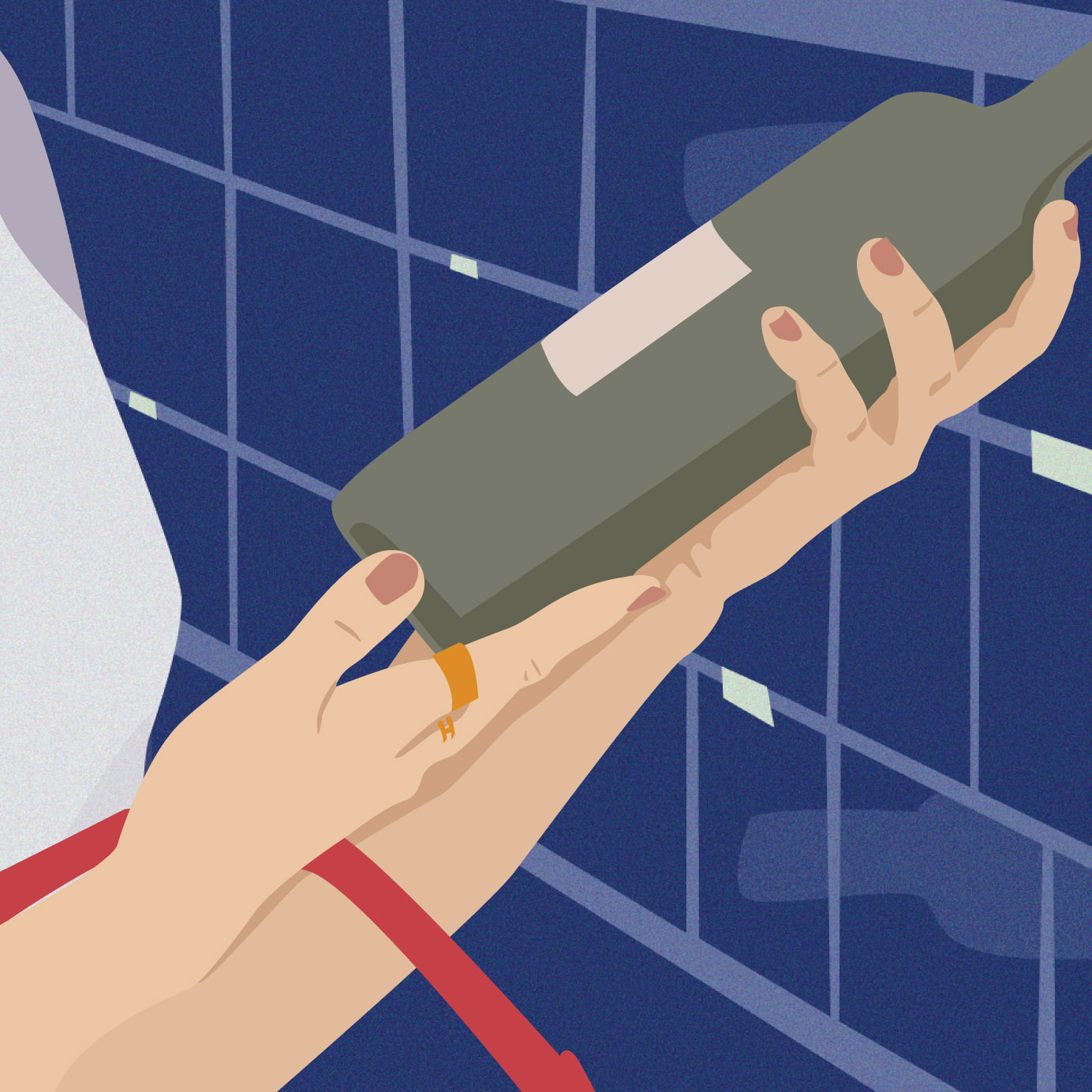Supermarket wine is a reality, like snow tires or the pervasiveness of the term “circle back.” Carefully researched, $50-plus bottles are simply too precious for everyday drinking, whether you’re a Master Sommelier or weeknight shopper hoping to wash down Wednesday’s dinner with something stronger than La Croix.
When we’re buying wine in tandem with paper towels and boxed spinach, we’re prioritizing convenience. But that doesn’t mean quality has to completely fall by the wayside.
Whole Foods, Aldi, and Trader Joe’s generate cult appeal for their budget bottles (regardless of the caliber of some of their juice). Regional chains like Kroger, Harris Teeter, and HEB, on the other hand, rarely develop the same reputation, despite stocking some great vino alongside everything else humanity needs.
We polled sommeliers, importers, and other industry insiders to see how they navigate the wine sections of big-box supermarkets. Turns out they have all sorts of secrets for picking out wine from massive chain stores. By strategically selecting certain regions and promotions, and bypassing the dreaded “wine product,” you can find remarkably good wines at your neighborhood superstore.
Grab a cart. We’re hitting the aisles and coming home with killer bottles.
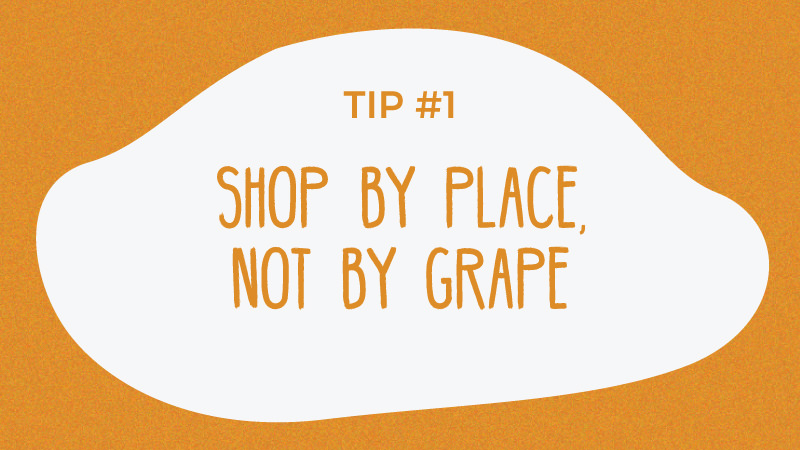
Statistically, most Americans purchase wine by variety, pledging allegiance to Sauvignon Blanc, say, or Malbec.
This is not the best way to buy wine at the supermarket. Large or national chains typically have regional buyers who fill shelves differently in each location; and, as we know, interstate wine shipping regulations are extremely complicated. As a result, that great bottle of Pinot Noir you found at a Ralph’s in San Diego might pale in comparison to the Pinot Noirs at a Cincinnati Kroger. (Even though Ralph’s is a subsidiary of grocery conglomerate Kroger.)
“While each grape has its own unique character and identity, I find it easiest to generalize based on climate and geography,” Shaheen Zarnagh, of Regal Wine Imports in North Carolina, says. “If the grocery store [displays its wine by] regions, I think Spain still has some great values with relatively high quality standards, much like France and Italy. And, you’ll almost always find a Garnacha there which is one of my foolproof grape varietals. Just enough fruit, body and balance to satisfy most.”
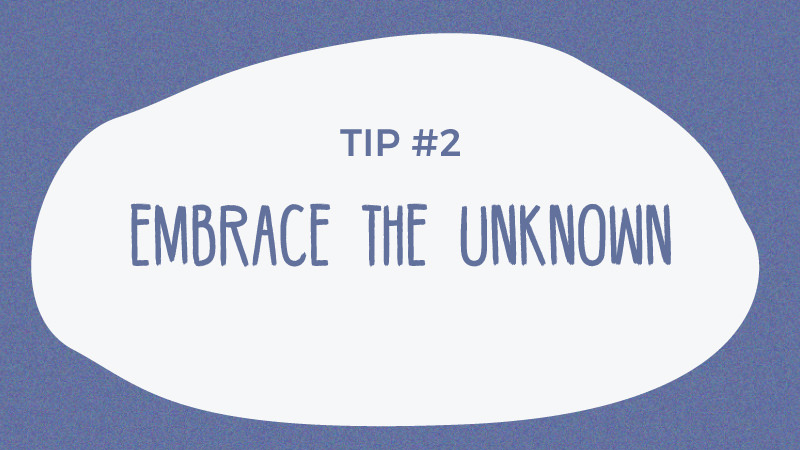
Zarnagh’s local chain, Harris Teeter, organizes its display by grape variety. Luckily, there’s a trick for that too.
“Seek out the ‘Other Reds’ section,” Zarnagh says. “At my local Harris Teeter, this was the ‘Syrah/Shiraz and other Reds’ section. You can find some interesting varieties here if you’re feeling a little adventurous. Being a little off the grid, these grapes tend to be less expensive because they aren’t often sought out by consumers.”
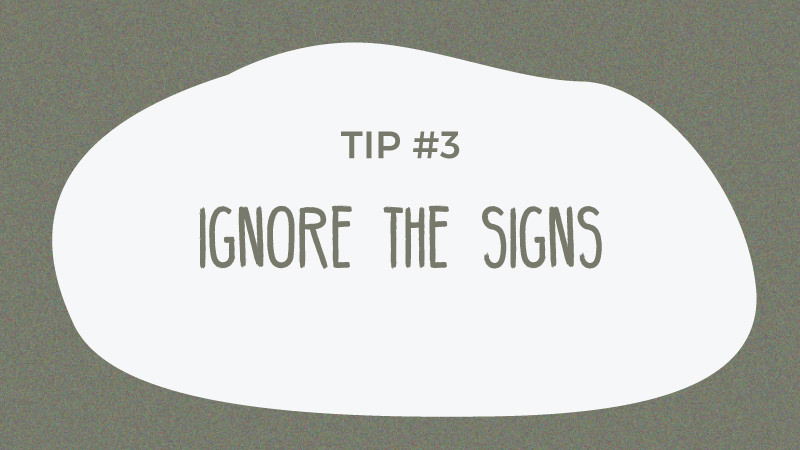
Supermarkets offer tons of variety, but is any of it any good? The answer is absolutely… sometimes. But the best bottles aren’t necessarily the ones labeled “staff pick,” or even those with expensive price tags.
“Scores on shelf talkers are meaningless, and few [chain grocery] stores have clerks with any knowledge,” Doug Frost, Master Sommelier and Master of Wine, says. “On the other hand, if you see someone working in the wine area, stocking wine and such, ask him or her if they know the wines on the shelves. Tell them the kind of wine you like and, if they are in the business, they’re probably going to tip you to something that’s a great value.”
Laura Sundh, of Chicago’s In Fine Spirits, seconds Frost’s advice. “Just because it’s on sale does not make it a bad wine,” she says. “One of my go-to bottles is a Portuguese blend for $10. Learn what you like, but don’t be afraid to try new things!” At Sundh’s local store, Mariano’s (a division of Kroger), prices range from $10 to $100. You can absolutely find a bottle for everyone from your boss to the in-laws in that massive spectrum — and all won’t necessary be at the pricier end.
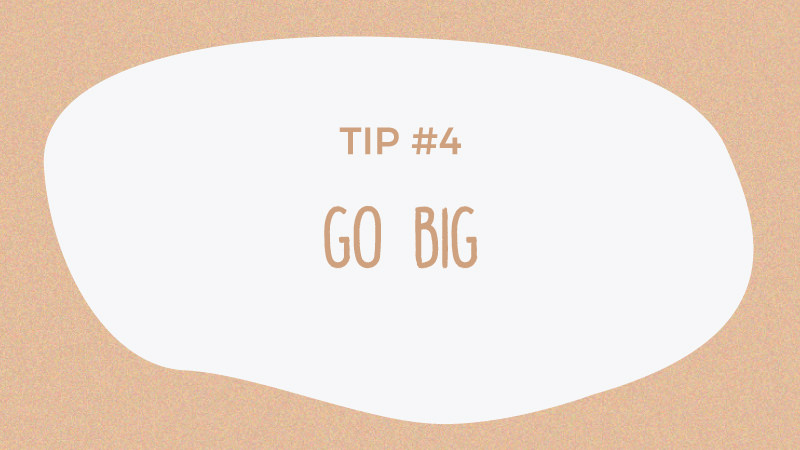
Unlike ordering wine by the case from a vineyard or importer, many big grocery stores offer multi-bottle discounts that allow you to mix and match bottles.
“If you find a style or particular bottling you enjoy, or are interested in trying a bunch of new wines, most stores usually have volume discounts on six or more bottles,” Master Sommelier Jack Mason says. “It can help to take some of the risk out of trying something new!”
Buy five bottles of something really inexpensive, like a Portuguese Vinho Verde or your favorite California Chardonnay, and slip one fancy or adventurous bottle (an Alsatian Pinot Gris, perhaps?) into the cart. You’ll pay less for all of them.
Mason’s favorite supermarkets, Texas-based HEB and Central Market chains, offer a 10 percent discount on six or more bottles. Safeway and Vons offer the same 10 percent, and Raley’s chains offer 30 percent off six or more bottles, making buying in half-cases a no-brainer. Check with your local retailer, or jump online and see what’s available in your neighborhood.
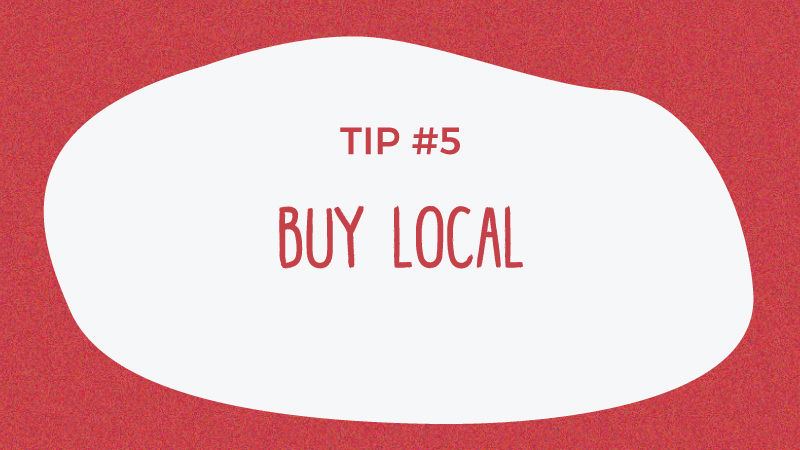
For Frost, local juice is the reason to stop by a grocer for wine. “The main reason I’ll run into a grocery store or shop when I’m out of town is to buy some local wines,” he says. “There’s so much great stuff out there and I want to taste it.”
Because local wines are common in local markets, grocery stores can sell them inexpensively, whereas wineries that distribute internationally often need to boost prices to make up for high import taxes or shipping costs. In some states, like California, some wineries sell their bottles directly to local retailers, cutting out the middlemen (sorry, distributors) and saving customers money.
Certified Sommelier Jienna Basaldu, wine director of Echo & Rig Butcher and Steakhouse in Las Vegas, agrees. “I love imports, but it’s rare to find a grocery store in California with a decent selection,” Basaldu says. “Outside of Champagne, I think the most reliable wine selection in California is California.”
*
Next time you see that glowing grocery store sign in the distance, go for it. Armed with these tips, you don’t need an extra stop to buy wine.
